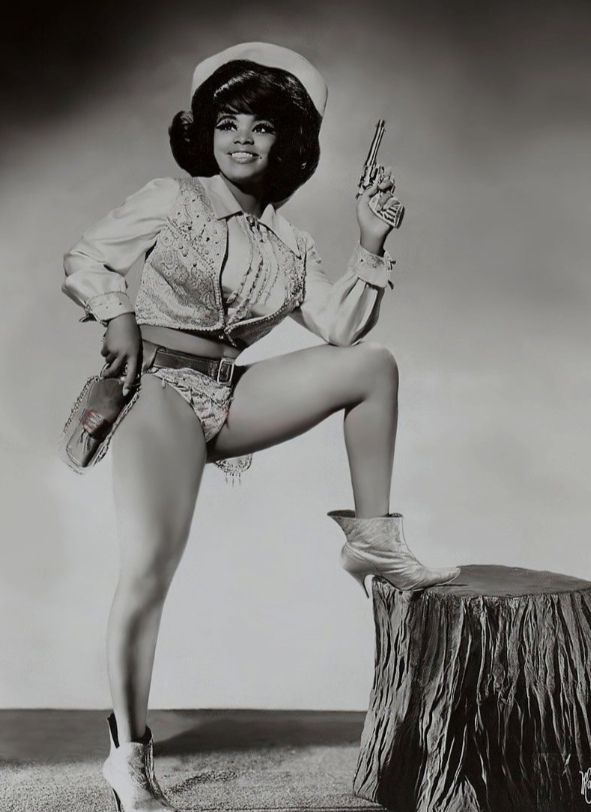
https://www.patreon.com/c/heauxhistory





You're welcome to bring items to the following drop off locations:

You're welcome to bring items to the following drop off locations:
Come through! Take what you need!

Come through! Take what you need!
We're soo happy to have you and looking forward to sharing more soon.
We're soo happy to have you and looking forward to sharing more soon.
Violence Against Sex Workers ☂️
Violence Against Sex Workers ☂️
how about stop showing up and hating on the sex workers here that were amongst the first to join the app, actually.
set your muted words and moderation preferences so you don’t see what you don’t want to but don’t try to bully them off bluesky
Here's a cute "Workspace" playlist to carry you through tasks, errands, stretching, meditation, admin work, editing, writing, research, etc...
#MusicMonday

Here's a cute "Workspace" playlist to carry you through tasks, errands, stretching, meditation, admin work, editing, writing, research, etc...
#MusicMonday
(hilarious history lesson from Noni Solfeggio)
(hilarious history lesson from Noni Solfeggio)


















